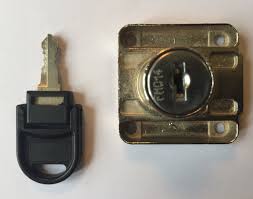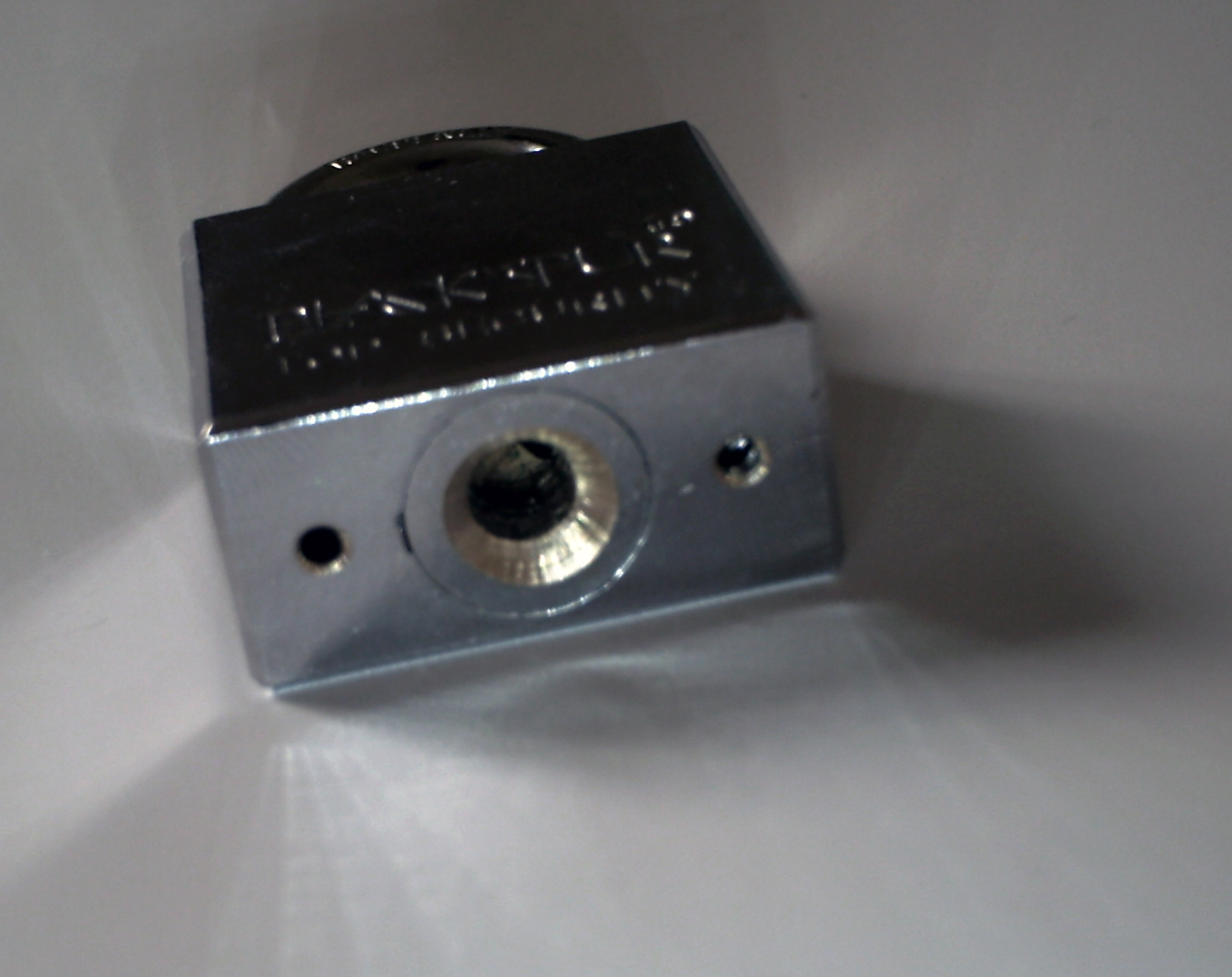How Locks Work: An Inside Look at Different Lock Mechanisms
Locks are an essential part of our daily lives, providing security and peace of mind for our homes, businesses, and personal belongings. Understanding how locks work can help you make more informed decisions about your security needs. In this article, we’ll take an inside look at different lock mechanisms and explain how they function.
1. Pin Tumbler Locks

Pin tumbler locks are one of thoe most common types of locks used today. They are found in residential doors, padlocks, and many other security applications. Here’s how they work:
Components: A pin tumbler lock consists of a cylindrical plug, housing, key pins, driver pins, and springs.
Operation: When the correct key is inserted, the notches on the key align with the key pins, raising them to the correct height. This allows the driver pins to rest on the shear line, enabling the plug to turn and unlock the lock.
Security: Pin tumbler locks offer good security but can be susceptible to picking if not properly maintained or if lower-quality locks are used.
2. Wafer Tumbler Locks

Wafer tumbler locks are similar to pin tumbler locks but use wafer-shaped components instead of pins. These locks are commonly found in vehicles, filing cabinets, and some types of padlocks.
Components: A wafer tumbler lock includes a plug, housing, and wafer-like components.
Operation: When the correct key is inserted, it aligns the wafers to the correct position, allowing the plug to turn and unlock the lock.
Security: Wafer tumbler locks are generally less secure than pin tumbler locks and can be more easily picked.
3. Disc Tumbler Locks (Abloy Locks)

Disc tumbler locks, also known as Abloy locks, use rotating discs instead of pins or wafers. These locks are highly resistant to picking and are often used in high-security applications.
Components: A disc tumbler lock consists of a series of discs, a sidebar, and a cylindrical housing.
Operation: The correct key aligns the discs to create a path for the sidebar, allowing the plug to turn and unlock the lock.
Security: Disc tumbler locks are extremely secure and difficult to pick, making them ideal for high-security needs.
4. Lever Locks

Lever locks are commonly used in older buildings, safes, and some high-security doors. They use a series of levers to prevent the bolt from moving.
Components: A lever lock consists of a series of levers, a bolt, and a key.
Operation: The correct key lifts each lever to the correct height, allowing the bolt to move and unlock the lock.
Security: Lever locks offer a high level of security, especially when multiple levers are used. They are resistant to picking and provide robust protection.
5. Electronic and Smart Locks

Electronic and smart locks represent the latest in lock technology, offering keyless entry and advanced security features.
Components: These locks typically include a keypad or touchscreen, electronic circuitry, and a locking mechanism.
Operation: Users enter a code or use a smartphone app to unlock the door. Some smart locks also support biometric authentication, such as fingerprint recognition.
Security: Electronic and smart locks offer convenience and enhanced security features, such as remote access and monitoring. However, they may be vulnerable to hacking if not properly secured.
Conclusion
Understanding how different lock mechanisms work can help you choose the right lock for your needs and appreciate the complexity of the devices that keep your property secure. From traditional pin tumbler locks to advanced smart locks, each type has its unique advantages and applications. For expert advice and professional locksmith services, trust Mico Locksmith in Baltimore to provide the best security solutions for your home, business, and personal belongings.


